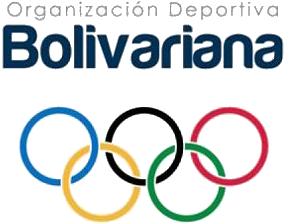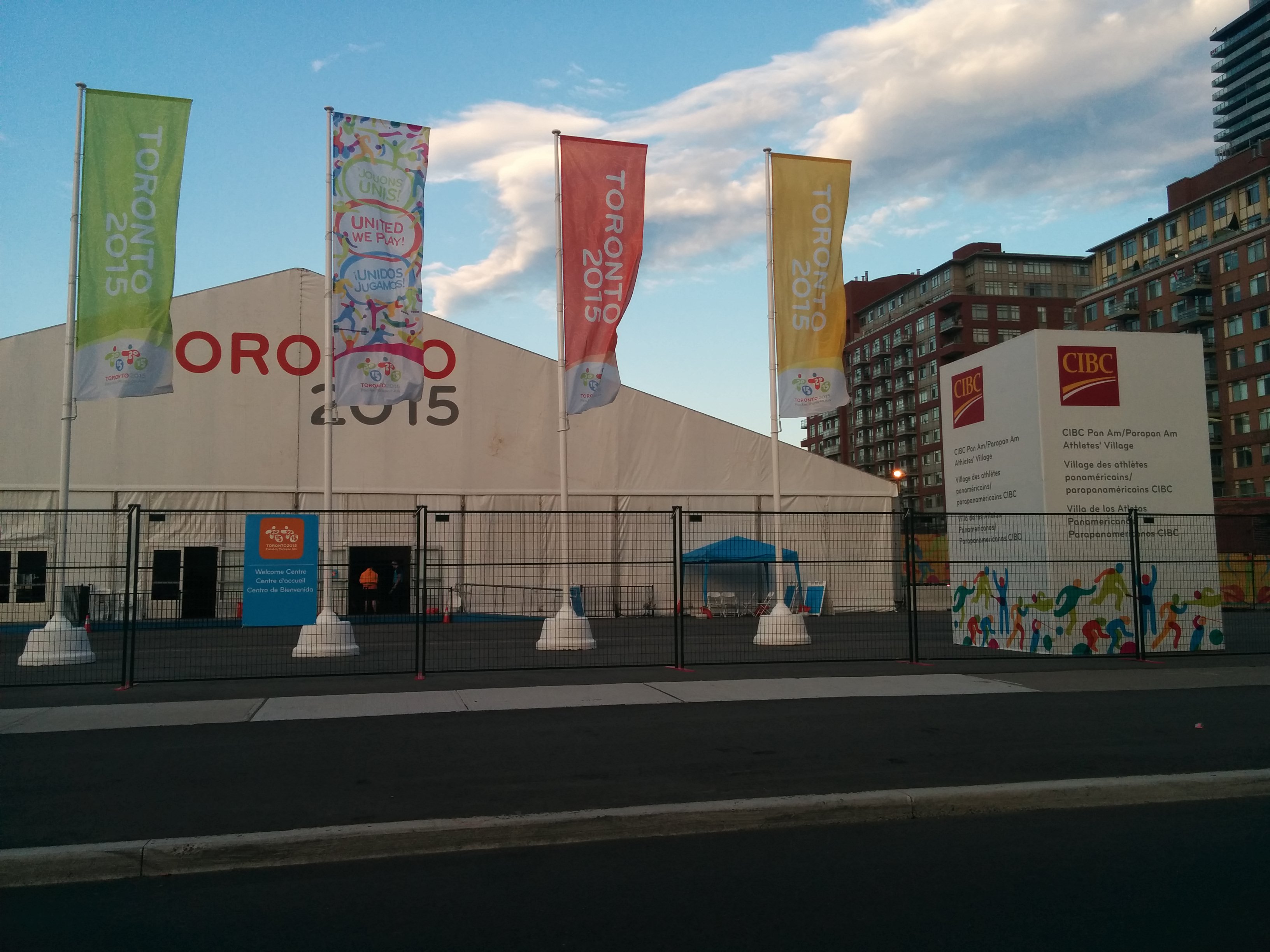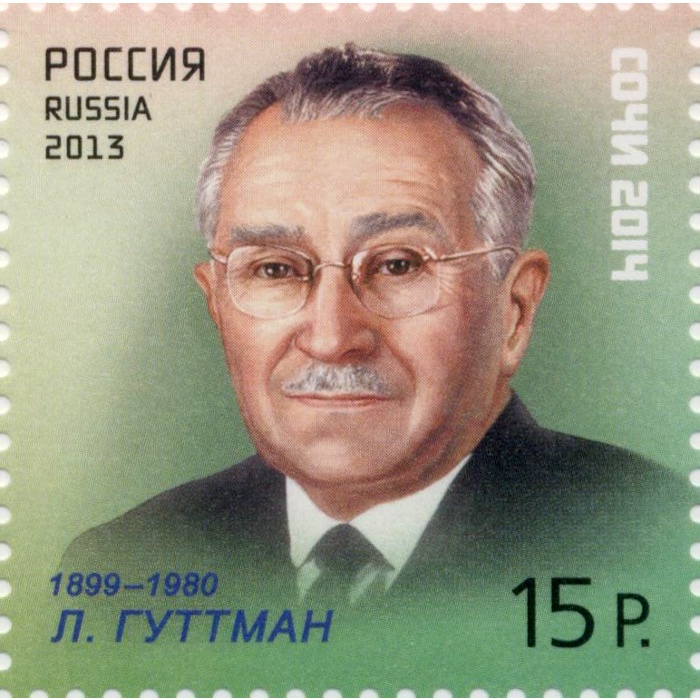|
Señal Colombia
Señal Colombia is a Colombian public Terrestrial television, which offers opinion, informative, entertainment, educational, sports and cultural content and is part of RTVC Sistema de Medios Públicos. History Señal Colombia began its broadcasts on February 9, 1970 as Channel 11 (because it was broadcast on frequency 11 of the VHF band of Bogotá) in order to provide educational and popular programming for adults, imitating the television model of the BBC with two national channels: the first of a general nature and the second with a more cultural and minority focus. In this way, in Colombia Televisora Nacional de Colombia would be the generalist channel and Channel 11 the cultural channel. The first images of the channel were produced from the auditorium of Inravisión.Missing citation SeñalFiscalia01 During the inauguration of Channel 11, the communications minister of the time, Antonio Díaz García, and the director of the National Television of Colombia, Fernando Restr ... [...More Info...] [...Related Items...] OR: [Wikipedia] [Google] [Baidu] |
Colombia
Colombia (, ; ), officially the Republic of Colombia, is a country in South America with insular regions in North America—near Nicaragua's Caribbean coast—as well as in the Pacific Ocean. The Colombian mainland is bordered by the Caribbean Sea to the north, Venezuela to the east and northeast, Brazil to the southeast, Ecuador and Peru to the south and southwest, the Pacific Ocean to the west, and Panama to the northwest. Colombia is divided into 32 departments and the Capital District of Bogotá, the country's largest city. It covers an area of 1,141,748 square kilometers (440,831 sq mi), and has a population of 52 million. Colombia's cultural heritage—including language, religion, cuisine, and art—reflects its history as a Spanish colony, fusing cultural elements brought by immigration from Europe and the Middle East, with those brought by enslaved Africans, as well as with those of the various Amerindian civilizations that predate colonization. S ... [...More Info...] [...Related Items...] OR: [Wikipedia] [Google] [Baidu] |
Inravisión
The Instituto Nacional de Radio y Televisión (Inravisión) was Colombia's national public broadcasting organization between 1964 and 2004. It was created by Decree 3267 of 20 December 1963, which declared that from 1 April 1964 the country's public radio and television broadcasting service would be provided by Inravisión, "a public company with financial, administrative, and legal autonomy". Among Inravisión's functions were to organize contracts with the ''programadoras'', the companies who produced programs and aired them on the national networks; develop and execute the plans and projects adopted by the Colombian Ministry of Communications; and offer official educational, cultural and informational services through the country's radio and television infrastructure. In 1993, it also assumed the duties of screening programs, which ''programadoras'' were required to send 72 hours in advance, for purposes of determining if the programs were suitable for viewing by minors. In ... [...More Info...] [...Related Items...] OR: [Wikipedia] [Google] [Baidu] |
Television Networks In Colombia
Television, sometimes shortened to TV, is a telecommunication medium for transmitting moving images and sound. The term can refer to a television set, or the medium of television transmission. Television is a mass medium for advertising, entertainment, news, and sports. Television became available in crude experimental forms in the late 1920s, but only after several years of further development was the new technology marketed to consumers. After World War II, an improved form of black-and-white television broadcasting became popular in the United Kingdom and the United States, and television sets became commonplace in homes, businesses, and institutions. During the 1950s, television was the primary medium for influencing public opinion.Diggs-Brown, Barbara (2011''Strategic Public Relations: Audience Focused Practice''p. 48 In the mid-1960s, color broadcasting was introduced in the U.S. and most other developed countries. The availability of various types of archival stora ... [...More Info...] [...Related Items...] OR: [Wikipedia] [Google] [Baidu] |
Grand Tours
In road bicycle racing, a Grand Tour is one of the three major European professional cycling stage races: Giro d'Italia, Tour de France, and Vuelta a España. Collectively they are termed the ''Grand Tours'', and all three races are similar in format, being three-week races with daily stages. They have a special status in the UCI regulations: more points for the UCI World Tour are distributed in Grand Tours than in other races, and they are the only stage races allowed to last longer than 14 days. All three races have a substantial history, with the Tour de France first held in 1903, Giro d'Italia first held in 1909 and the Vuelta a España first held in 1935. The Giro is generally run in May, the Tour in July, and the Vuelta in late August and September. The Vuelta was originally held in the spring, usually late April, with a few editions held in June in the 1940s. In 1995, however, the race moved to September to avoid direct competition with the Giro d'Italia. The Tour de Fr ... [...More Info...] [...Related Items...] OR: [Wikipedia] [Google] [Baidu] |
National Games Of Colombia
The National Games of Colombia, known in Spanish as the ''Juegos Deportivos Nacionales'', is the premier multi-sport event A multi-sport event is an organized sporting event, often held over multiple days, featuring competition in many different sports among organized teams of athletes from (mostly) nation-states. The first major, modern, multi-sport event of interna ... of Colombia at national level. The first instance of the event was organized in 1928 and for several years it took place at irregular intervals of time. The Colombian Sports Institute ( es, Instituto Colombiano del Deporte) took charge of the organization of the games in 1968. The event has been held regularly every 4 years since 1988. Valle del Cauca has been the most successful department in the history of the national games (7 times), followed by Antioquia (6 times) and next Bogotá (one time). Results References Historia de los Juegos NacionalesPágina oficial de los Juegos Nacionales 2008 Mul ... [...More Info...] [...Related Items...] OR: [Wikipedia] [Google] [Baidu] |
Bolivarian Games
The Bolivarian Games (Spanish: ''Juegos Bolivarianos'', full name ''Juegos Deportivos Bolivarianos'') are a regional multi-sport event held in honor of Simón Bolívar, and organized by the Bolivarian Sports Organization (''Organización Deportiva Bolivariana'', ODEBO). The event is open to athletes from Bolivia, Colombia, Ecuador, Panama, Peru, and Venezuela. In 2010, the ODEBO decided to include Chile as the seventh member of ODEBO. Except Panama, all other participating countries are Andean states. History The first Games were held in 1938 in Bogotá, Colombia for the city's 400th anniversary. They have since been held irregularly, but every four years since 1973, with the most recent edition in Valledupar, Colombia in 2022. Inspired by the events of 1936 Summer Olympics in Berlin,Creacion . Juegos Bolivarianos. R ... [...More Info...] [...Related Items...] OR: [Wikipedia] [Google] [Baidu] |
Central American And Caribbean Games
The Central American and Caribbean Games (CAC or CACGs) are a multi-sport regional championship event, held quadrennial (once every four years), typically in the middle (even) year between Summer Olympics. The games are for countries in Central America, the Caribbean, Mexico, and the South American Caribbean countries of Colombia, Guyana, Suriname, and Venezuela. The games are overseen by Centro Caribe Sports (''formerly CACSO''). They are designed to provide a step between sub-CACG-region Games held the first year following a Summer Olympics (e.g. Central American Games) and the Continental Championships, the Pan American Games, held the year before the Summer Olympics. The last Games were held in Barranquilla, Colombia between 19 July to 3 August 2018. The next Games will be held in San Salvador as main host in 2023. History The CACGs are the oldest continuing regional games in the world, and only the Olympics have run longer. Mexico, Cuba and Guatemala were the th ... [...More Info...] [...Related Items...] OR: [Wikipedia] [Google] [Baidu] |
Pan American Games
The Pan American Games (also known colloquially as the Pan Am Games) is a continental multi-sport event in the Americas featuring summer sports, in which thousands of athletes participate in a variety of competitions. The competition is held among athletes from nations of the Americas, every four years in the year before the Summer Olympic Games. The only Winter Pan American Games were held in 1990. In 2021, the Junior Pan American Games was held for the first time specifically for young athletes. The Pan American Sports Organization (PASO) is the governing body of the Pan American Games movement, whose structure and actions are defined by the Olympic Charter. The XVIII Pan American Games were held in Lima from 26 July to 11 August 2019; the XIX Pan American Games will be held in Santiago from 20 October to 5 November 2023. Since the XV Pan American Games in 2007, host cities are contracted to manage both the Pan American and the Parapan American Games, in which athle ... [...More Info...] [...Related Items...] OR: [Wikipedia] [Google] [Baidu] |
Paralympic Games
The Paralympic Games or Paralympics, also known as the ''Games of the Paralympiad'', is a periodic series of international multisport events involving athletes with a range of physical disabilities, including impaired muscle power and impaired passive range of movement, limb deficiency, leg length difference, short stature, hypertonia, ataxia, athetosis, vision impairment and intellectual impairment. There are Winter and Summer Paralympic Games, which since the 1988 Summer Olympics in Seoul, South Korea, are held almost immediately following the respective Olympic Games. All Paralympic Games are governed by the International Paralympic Committee (IPC). The Paralympics has grown from a small gathering of British World War II veterans in 1948 to become one of the largest international sporting events by the early 21st century. The Paralympics has grown from 400 athletes with a disability from 23 countries in Rome 1960, where they were proposed by doctor Antonio Maglio, t ... [...More Info...] [...Related Items...] OR: [Wikipedia] [Google] [Baidu] |
Olympic Games
The modern Olympic Games or Olympics (french: link=no, Jeux olympiques) are the leading international sporting events featuring summer and winter sports competitions in which thousands of athletes from around the world participate in a variety of competitions. The Olympic Games are considered the world's foremost sports competition with more than 200 teams, representing sovereign states and territories, participating. The Olympic Games are normally held every four years, and since 1994, have alternated between the Summer and Winter Olympics every two years during the four-year period. Their creation was inspired by the ancient Olympic Games (), held in Olympia, Greece from the 8th century BC to the 4th century AD. Baron Pierre de Coubertin founded the International Olympic Committee (IOC) in 1894, leading to the first modern Games in Athens in 1896. The IOC is the governing body of the Olympic Movement (which encompasses all entities and individuals involved in the Olympic ... [...More Info...] [...Related Items...] OR: [Wikipedia] [Google] [Baidu] |
Audiovisuales
Audiovisuales was a Colombian ''programadora''. It was owned by the Colombian Ministry of Communications. It mainly produced educational and cultural programs for the Inravisión channels. Its ownership put it in a unique position on two occasions. In 1995, Producciones Cinevisión folded. Audiovisuales took over the program slots of Cinevisión for the next four months. By May 2000, as the ''programadoras'' crisis continued to develop, it had 41 hours of programming a week compared to merely four a week after the ''licitación'' of 1991. By 2003, at the height of the ''programadoras'' crisis, it was the producer of almost all of the programs screened on Canal A Canal A (previously known as ''Cadena Dos'') was a Colombian open television network launched on January 16, 1971, under the name ''Tele9 Corazón''. History TV9 Telebogotá (Teletigre), the first private television station in Colombia, began ..., the second national network. It ceased operations in 2004 as Inravisi ... [...More Info...] [...Related Items...] OR: [Wikipedia] [Google] [Baidu] |
Colombian Television
Television in Colombia or Colombian television ( es, Televisión de Colombia) is a media of Colombia. It is characterized for broadcasting telenovelas, series, game shows and TV news. Until 1998 it was a state monopoly (though there was a short-lived local private channel from 1966 to 1971, known as Teletigre). There are two privately owned TV networks and three state-owned TV networks with national coverage, as well as six regional TV networks and dozens of local TV stations. There are numerous cable TV companies operating in Colombia under each Colombian department statutes. These cable companies also develop their own channels, in addition to a variety of international channels. Television in Colombia has always relied on technological advancements from developed countries importing almost all the equipment. History Schedule of the first Colombian television broadcast Source: 13 June 1954 from 21:00 *National Anthem - Orquesta Sinfónica de Colombia *Speech by President G ... [...More Info...] [...Related Items...] OR: [Wikipedia] [Google] [Baidu] |





